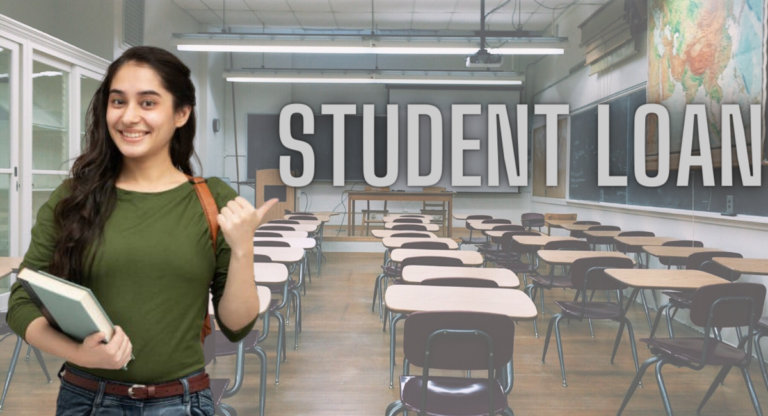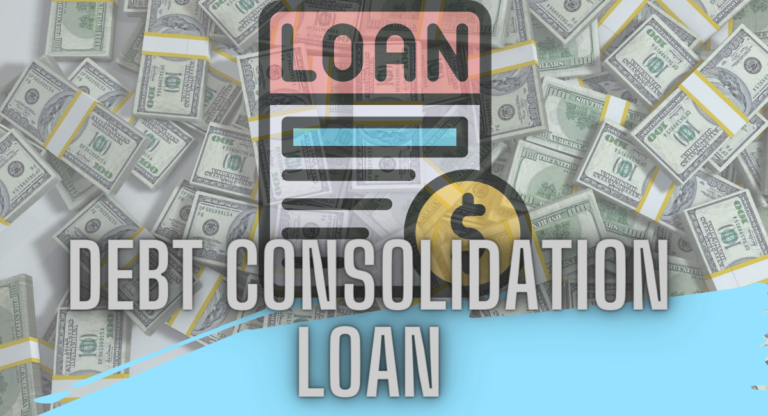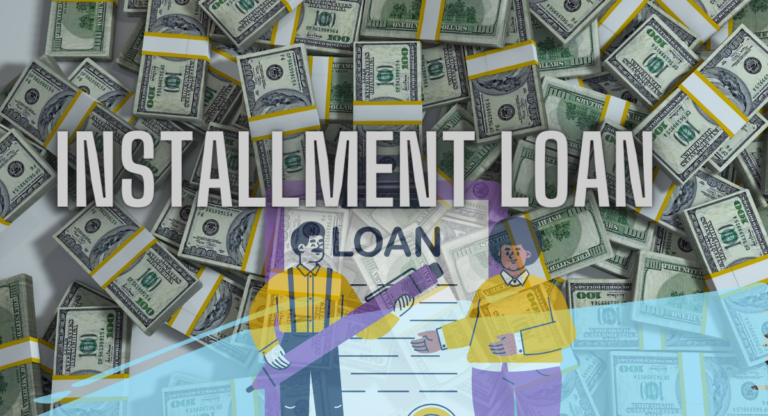A federal loan is money that the government lends to people, mainly in the context of education in the United States. These loans help students pay for things like tuition, books, and living costs.
There are different types of federal student loans. Some are for students with financial need, some are for all students, and there are also loans for graduate students and parents.
The government might cover the interest on some loans while you’re in school.
Federal loans usually have better terms than private loans, and they come with options like income-driven repayment and loan forgiveness for certain cases.
types of federal student loans
There are several types of federal student loans, including:
federal loan forgiveness
Federal loan forgiveness programs are like special assistance programs for individuals with government student loan. They come in different types, each with its unique set of rules.
The first is the Public Service Loan Forgiveness (PSLF) program, designed for those working in certain public service jobs. If you make payments for 10 years, the remaining balance on your loan might be forgiven.
Another type is Teacher Loan Forgiveness, catering to teachers in specific schools. After completing five years of teaching, eligible educators may qualify for forgiveness of up to $17,500 on their loans.
Income-Driven Repayment (IDR) Forgiveness is another option. If you make payments for 20 or 25 years on certain plans, the remaining loan balance might be forgiven. However, it’s important to note that you may have to pay taxes on the forgiven amount.
Closed School Discharge is available for those whose schools close while they are enrolled or shortly after. In such cases, borrowers might be eligible for loan cancellation.
Total and Permanent Disability (TPD) Discharge is for individuals facing severe and permanent illness or injury that prevents them from working. If qualified, borrowers can have their loans canceled.
Death Discharge is a provision where federal student loans are canceled if the borrower passes away. In this case, family members might need to provide a death certificate.
Bankruptcy is a challenging route, but under specific circumstances, borrowers might be able to cancel their loans through bankruptcy, demonstrating extreme financial hardship.
False Certification or Unauthorized Payment Discharge is an option if your school provided false information about your eligibility or made a mistake in giving you money. This might lead to loan cancellation.
During the COVID-19 pandemic, the CARES Act provided temporary relief. Payments were paused, and interest was set to 0% until September 30, 2021. Some borrowers also received relief from the interest that accrued during this period.
Is Debt Consolidation a Good Reason to Get a Loan?
How Hard Is It to Get a Debt Consolidation Loan?
Does a Consolidation Loan Hurt Your Credit Score?
federal loan application: How to Apply?
- Complete the FAFSA:
- Go to the official FAFSA website (fafsa.gov).
- Create an FSA ID (Federal Student Aid Identification) for you and, if applicable, for your parent.
- Fill out the FAFSA form with accurate and up-to-date information about your financial situation.
- Review Your Student Aid Report (SAR):
- Once you submit the FAFSA, you’ll receive a Student Aid Report (SAR) summarizing the information you provided.
- Review the SAR for any errors and make corrections if necessary.
- Receive Your Financial Aid Offer:
- After processing your FAFSA, your college or university will send you a financial aid offer detailing the types and amounts of aid you’re eligible to receive.
- This offer may include federal grants, work-study, and federal student loans.
- Accept or Decline the Federal Loan:
- If the financial aid offer includes a federal student loan and you decide to accept it, you’ll need to indicate your acceptance through the school’s financial aid office.
- Complete Entrance Counseling:
- First-time federal loan borrowers must complete entrance counseling, which provides information about the loan terms, responsibilities, and repayment.
- Sign the Master Promissory Note (MPN):
- Sign the MPN, a legal document confirming that you agree to the terms and conditions of the loan. You only need to sign the MPN once for multiple loans.
- Stay Informed and Communicate:
- Keep in touch with your school’s financial aid office for any updates or changes.
- Be aware of important deadlines and requirements.
- Attend Loan Entrance Interview (if required):
- Some schools may require you to attend a loan entrance interview to ensure you understand the loan terms and responsibilities.
- Receive Loan Disbursement:
- Once all requirements are met, the school will disburse the loan funds, usually directly to the school account to cover tuition and fees. Any remaining funds may be refunded to you for other education-related expenses.
- Plan for Repayment:
- Understand the terms of your loan, including the interest rate and repayment options.
- Consider setting up a repayment plan that aligns with your financial situation after graduation.
frequently asked questions
What is a federal student loan?
A federal student loan is money borrowed from the U.S. government to help pay for education expenses. These loans are specifically designed for students and offer various benefits compared to private loans.
How do I apply for a federal student loan?
To apply for a federal student loan, you need to complete the Free Application for Federal Student Aid (FAFSA). This form determines your eligibility for federal financial aid, including loans.
What is the interest rate on federal student loans?
Interest rates can vary, but they are set by the government. Rates may be fixed or variable, depending on the type of loan.
Do I have to start repaying my federal student loans immediately after graduation?
Not necessarily. Many federal loans have a grace period, typically six months, before you’re required to begin making payments. Use this time to find a job and get financially settled.
Can I consolidate my federal student loans?
Yes, you can consolidate multiple federal student loans into one through a Direct Consolidation Loan. This simplifies repayment but may affect interest rates.
Are there forgiveness options for federal student loans?
Yes, some borrowers may qualify for loan forgiveness programs, especially if they work in public service or non-profit sectors and make qualifying payments.
How can I find information about my federal student loans?
You can access information about your federal loans through the National Student Loan Data System (NSLDS) or by contacting your loan servicer, who manages the billing and other services for your federal student loans.










